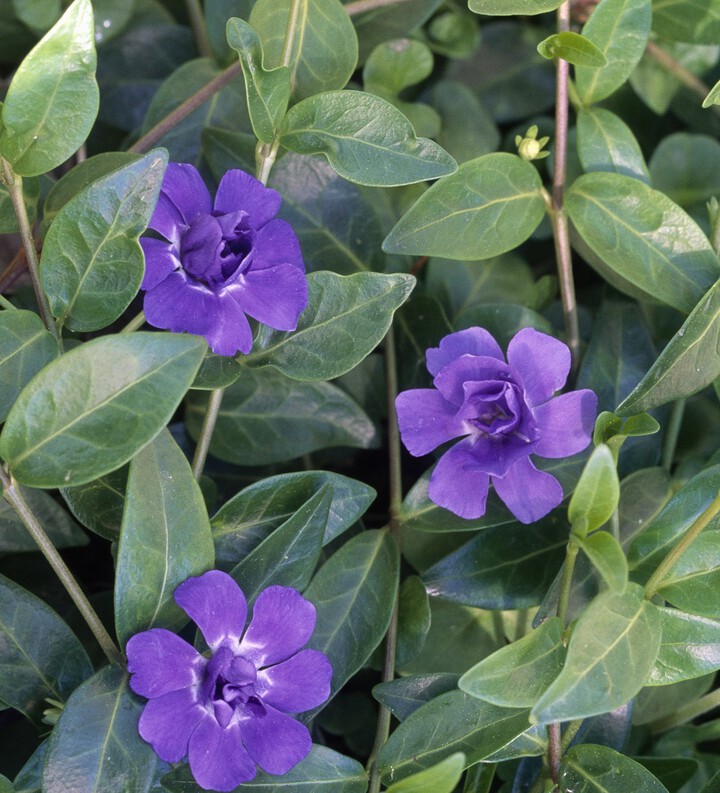Look out for renegade flowers that can take over your yard.

Weeds can become a big pain for gardeners, but what constitutes as an invasive, weedy plant? There are two ways of answering this problem. The first is by understanding the concept of invasiveness: These are considered a species that is non-native to the ecosystem and whose presence can cause environmental or economic harm. A weed, on the other hand, is a plant that makes an unhappy gardener, a plant that ends up being out of place, or a plant we once enjoyed but has now become difficult to control. It's taking over our landscape and perhaps is becoming a neighborhood nuisance.
The world of invasive, weedy plants and flowers is a slippery slope because when we visit our local garden centers, we assume we won't be offered plants that can potentially become troublemakers. As it turns out, some invasive plants are really pretty, and they come in all shapes and sizes, which makes them tough to spot. Even keeping an eye on a potentially invasive plant and pruning it before it goes to seed and spreads isn't always foolproof. Birds and the wind can spread just a few stealthy seeds to sensitive, wild areas. What's a wise gardener to do? Follow our cheat sheet to spot pesky weeds and prevent them from taking over your yard.
RELATED: THESE PESTS ARE ACTUALLY GOOD FOR YOUR GARDEN
Check if they pop up in your neighbors yard, too.
To identify both weeds and invasive plants common to you area, learn about local species by reading gardening books and government or university extension sources specific to your locale. Invasive plants are usually defined regionally, meaning what's considered a problem plant in one area may be fine in another. To start even closer to home, you can sometimes spot a weed or invader simply because you see the plant popping up in your neighbor's yard, too. A weedy plant may overcrowd, smother, and generally bully other plants to death by stealing their light, space and soil nutrients. For example, the strangling tendrils of the sweet-smelling but sinister Japanese honeysuckle (Lonicera japonica) have become an exotic invasive across the entire Midwest and Eastern parts of the United States. And then there are plants that may spread around willy-nilly, like the surprisingly beautiful but invasive butterfly bush (Buddleia spp.) who is a top mischief-maker in the Pacific Northwest and Southeast.
Determine if the plant is growing too aggressively.
Plants that grow too aggressively and have extensive root systems that dominate the ground and spread far from the parent plant are a big problem, too. Periwinkle (Vinca minor) is a good a example of this. These robust, marauding types of plants usually have a shallow root structure that does not bind the soil effectively so when large areas are overtaken there is a greater chance of erosion from rainstorms than if a diverse selection of plants with varying root structures grew.
It thrives in otherwise undisturbed areas.
Look out for a plant that thrives when growing in neglected, untended, or uncultivated areas, showing that they are almost too adept at the game "survival of the fittest." An example of this trait is the colorful escape artist Lantana (Lantana camara) that is notably invasive in Georgia, Florida, and all across the South to California.